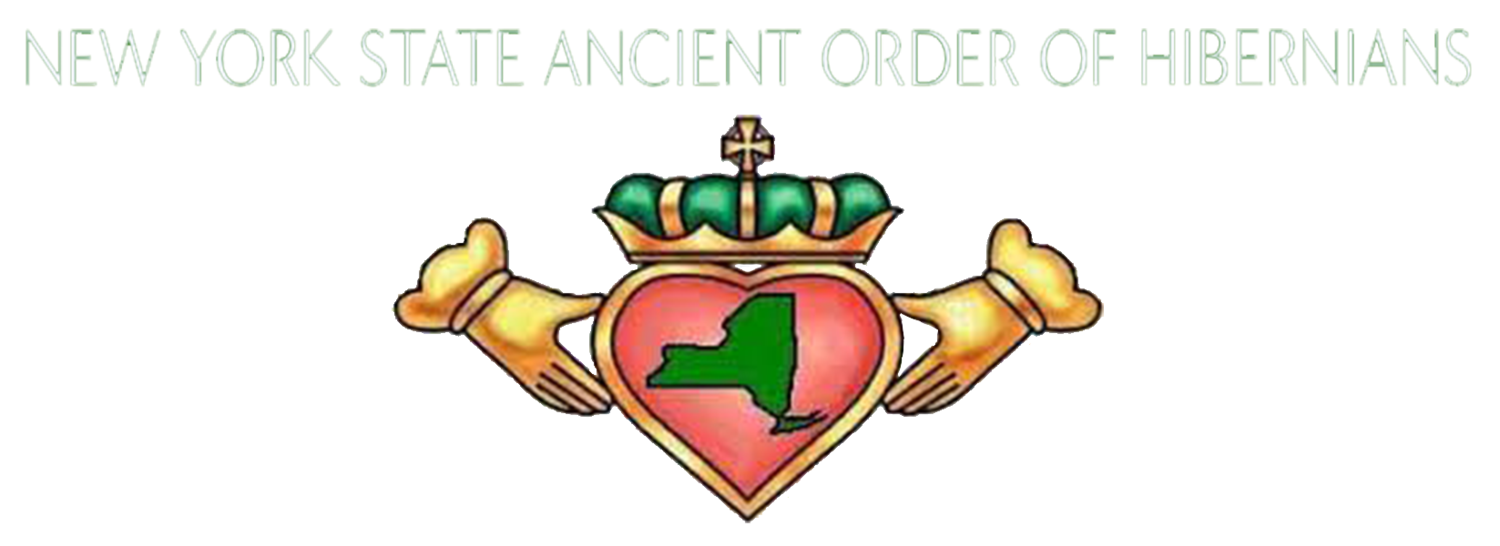Historical Happenings for May 2021
THE SECOND DÁIL
by Mike McCormack, AOH N Y State Historian
In an attempt to force a settlement of the Irish question, Parliament had passed the Government of Ireland Act (GOI) back in December 1920. The GOI Act created Northern Ireland, consisting of the six north-eastern counties of Ulster, as a separate state and proposed separate parliaments for both Northern and Southern Ireland. Since 1919, those elected for Sinn Féin in the 1918 general election had abstained from the British House of Commons and established Dáil Éireann as the Parliament of a self-declared Irish Republic, with members calling themselves Deputies of the Dáil or Teachtaí Dála (TD).
In May 1921, the Brits held elections for the two new Parliaments of Northern and Southern Ireland. At a private sitting of the Dáil on 10 May the Sinn Féin TDs, who had refused to accept the British Parliament for Southern Ireland, adopted a resolution declaring that the parliamentary elections which were about to take place should be regarded as elections to their own Dáil Éireann. One hundred years ago on 24 May 1921, those elections were held for members to serve in both Parliaments established by the British. When the votes were counted, all the Sinn Féin candidates in the twenty-six counties were returned unopposed and took 128 of the 132 seats. The remaining four seats were filled by Unionists representing Trinity College, Dublin. In the election in Northern Ireland, the Ulster Unionist Party (UUP) won 40 of the 52 seats, with Sinn Féin and the Nationalist Party winning 6 seats each. Of the six seats won by Sinn Féin, five were held by people who had also won seats in Southern Ireland; therefore, when the Second Dáil met, there were 125 Sinn Féin TDs from both the North and the South.
The outgoing Ministry of the first Dáil Éireann did not resign immediately. They didn=t meet until 16 August 1921 and called a meeting for ten days later. On 26 August 1921, Éamon de Valera resigned as President of the Dail and was then proposed by Seán MacEoin and seconded by Richard Mulcahy to the position of President of the Irish Republic. It was approved unanimously. This change of title suggested that deValera was now considered the head of state of the Irish Republic, rather than only its head of government. The Sinn Féin members, continued in the footsteps of their predecessors, constituting themselves as the Second Dáil. On 26 August they also, approved the Second External Dáil Loan of $20,000,000, which was launched in America on 15 October 1921.
The Second Dáil Éireann
Meanwhile, the inaugural meeting of the British Parliament of Southern Ireland, which had been created by the GOI Act, had been held in Dublin on 28 June. However, only the four elected Unionist members and 15 senators attended. The very limited Parliament met and adjourned sine die (with no future date to resume). It was therefore dissolved, and Britain assigned all executive and legislative authority over Southern Ireland to a Lord Lieutenant assisted by Crown appointees. The War of Independence continued without even a pause and over the next two days, 15 RIC were killed, highlighting the result of the Government’s failure to recognize or negotiate with the Dáil. It had also failed to defeat the IRA although Republican leaders like Michael Collins, were convinced that if the war went on for much longer, there was a chance that the IRA campaign, as it was then organized, would be brought to a standstill for the men, arms and assets were being quickly depleted.
The British, on the other hand, stepped up their religious propaganda campaign trying to portray the IRA as anti-Protestant to win the loyalty of Irish Protestants and excuse their own harsh tactics. For example, their media releases always mentioned the religion of spies or collaborators killed when they were Protestant, but not if they were Catholic (which was more often the case) to give the impression in Ireland and abroad that the IRA were out to murder Protestants. They encouraged newspaper editors, often forcefully, to do the same. One hundred years ago, a series of articles appeared in a London magazine, entitled Ireland under the New Terror. While reporting to be an impartial account of the situation, it portrayed the IRA as barbarous compared to the civil British forces. In reality, the author, Ernest Dowdall, was a member of the Auxiliaries and the series was just one of many from the Dublin Castle Propaganda Department to shape public opinion. This was especially important in England where the British people were becoming increasingly dismayed at the reports of their security forces attacking civilians and non-military targets. An IRA ambush in Raglan Street in Belfast, killed two RUC after which ferocious fighting took place in which 16 civilians (11 Catholics and 5 Protestants) lost their lives and 161 houses were destroyed. Of the houses destroyed, 150 belonged to Catholics. Needless to say, their religions were not publicized.
Pressure from Irish-America also increased and the American Consul in England now became involved in seeking a settlement. He asked Patrick Moylett, who had been in London secretly working behind the scenes, (see Historical Happenings for April) to notify deValera that Lloyd George wanted to discuss a treaty. They hoped the end was near!


